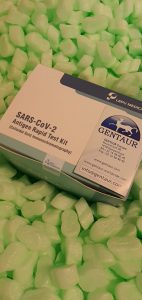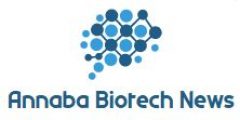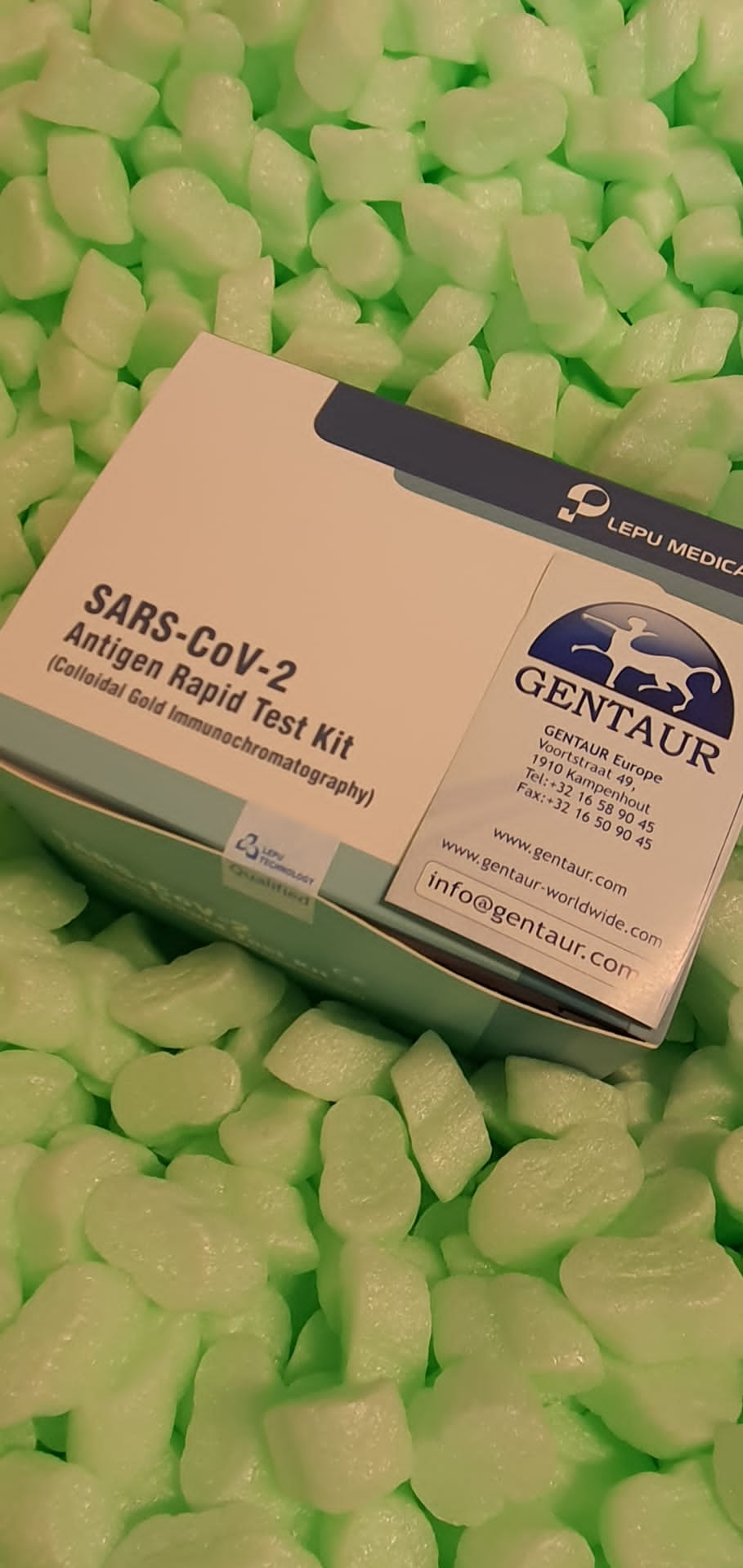The advantages and long-term effects of extracurricular scientific research on undergraduate college students in lots of international locations have been intensively investigated, but it surely stays obscure for Chinese medical college students. In this examine, we investigated the end result of 60 medical college students who’ve participated in extracurricular scientific research at Jinan University Medical School over a interval of 7 years (2011-2018). The outcomes revealed that these college students have contributed to 31 biomedical science articles in respected educational journals, as first- or co-authors.
Furthermore, additionally they independently procured numerous funding based mostly on their research achievements, and smaller awards for achievements in conferences and competitions. Assessment of the grade level common rating of these college students revealed that conducting extracurricular scientific research didn’t have an effect on their routine medical examine and examination grades (P>0.05). The college students benefited from collaborating in extracurricular research, by buying the potential to assume scientifically and enhancing their communication abilities.
In addition, the medical college students had been motivated to enlist for postgraduate research in order that they might additional embark in scientific research. In sum, Chinese medical college students are succesful of collaborating in scientific research and make a big contribution to science. Linear regressions had been adjusted for gender, anticipated specialty alternative, parental schooling, dwelling standing, monetary insecurity, randomization group and baseline JSE-S.
This examine was performed between February and March 2019, in the Eastern area of Saudi Arabia, utilizing scientific pharmacy college students at the two universities that supply a pharmacy program there (King Faisal University and Imam Abdulrahman bin Faisal University). An digital questionnaire instrument was tailored to discover the intentions of and boundaries to hold out medical research amongst the college students.
Descriptive statistics are introduced as frequencies and percentages. A χ2 check was used to discover any statistically vital distinction between the pupil demographics and the intentions and boundaries relating to medical research. P ≤ 0.05 was thought-about statistically vital. Our examine highlights that the intention amongst scientific pharmacy college students to hold out medical research was poor. Educational establishments are suggested to offer extra monetary and logistic assist to their medical researchers.
Knowledge and attitudes of U.S. medical college students relating to the care of Asian American sufferers: a cross-sectional survey examine
Asian Americans (AsAm) are a quickly rising inhabitants in the U.S. With this rising inhabitants, U.S. healthcare suppliers have to be outfitted to offer culturally competent look after AsAm sufferers. This challenge surveyed U.S. medical college students on their information of and attitudes in the direction of AsAm to evaluate predictors of readiness to look after AsAm sufferers.
This cross-sectional examine surveyed medical college students who had accomplished at the least one scientific rotation. The survey was distributed on-line to 9 medical faculties all through the U.S. The survey measured self-rated information of, consolation with, cultural competency (CC) in the direction of, and specific biases in the direction of AsAm sufferers. The first three domains had been analyzed in a multivariate regression mannequin together with sociodemographic traits and previous scientific, curricular, and social experiences with AsAm. Explicit bias questions had been reported descriptively.
There had been 688 respondents. Asian race, AsAm-prevalent hometown, AsAm-related extracurricular actions, Asian language information, and having taken a inhabitants well being course predicted elevated AsAm information. Social interactions with AsAm elevated consolation with AsAm sufferers. Increasing 12 months in medical college, extra frequent publicity to AsAm sufferers on rotations, and prior journey to an Asian nation had been predictors of elevated CC towards AsAm.
Importantly, having accomplished a CC course was a big predictor in all domains. In phrases of specific bias, college students felt that AsAm sufferers had been extra compliant than Caucasian sufferers. Students additionally believed that Caucasian sufferers had been usually extra prone to obtain self-perceived “most popular” versus “acceptable” care, however that in their very own scientific experiences neither group acquired most popular care.
Experience with and publicity to AsAm previous to and through medical college and CC programs might improve medical pupil information, consolation, and CC with AsAm sufferers. Standardized and longitudinal CC coaching, elevated simulations with AsAm sufferers, numerous pupil recruitment, and assist for college kids to have interaction in AsAm-related actions and work together with AsAm might enhance CC of future physicians in the direction of AsAm sufferers and presumably different minority populations.

Personality traits are related to cognitive empathy in medical college students however not with its evolution and interventions to enhance it
Cognitive empathy would possibly lower throughout medical college. Factors related to its evolution stay poorly understood, in addition to whether or not such components might average the impact of an intervention to protect cognitive empathy. The intention was to discover the associations between character traits and each cognitive empathy at baseline and its adjustments at follow-up. The attainable impact of an intervention depended upon character traits was additionally examined.
The cohort consisted of fourth 12 months medical college students and the associations between character traits, utilizing the Short Big Five Inventory, and cognitive empathy adjustments at 3-month, utilizing the Jefferson Scale of Empathy-Student model (JSE-S), had been examined. A randomization in two teams (Balint teams versus no intervention) allowed analyzing whether or not the impact of the intervention depended upon character traits.
[Linking template=”default” type=”products” search=”Angiotensin II Control peptide sequence # 2″ header=”2″ limit=”149″ start=”3″ showCatalogNumber=”true” showSize=”true” showSupplier=”true” showPrice=”true” showDescription=”true” showAdditionalInformation=”true” showImage=”true” showSchemaMarkup=”true” imageWidth=”” imageHeight=””]
The cohort included 311 members from October 2015 to December 2016 at Paris Diderot and Paris Descartes University. At follow-up, there was a JSE-S whole rating improve of 1.22(SD:9.10) in the intervention group, in comparison with a lower of 1.64(SD:10.74) in the different group. Baseline JSE-S was positively related to Extraversion and Conscientiousness and negatively with Neuroticism. In distinction, we discovered no associations between baseline character traits and JSE-S change. There had been no interactions between character traits and randomization group.


